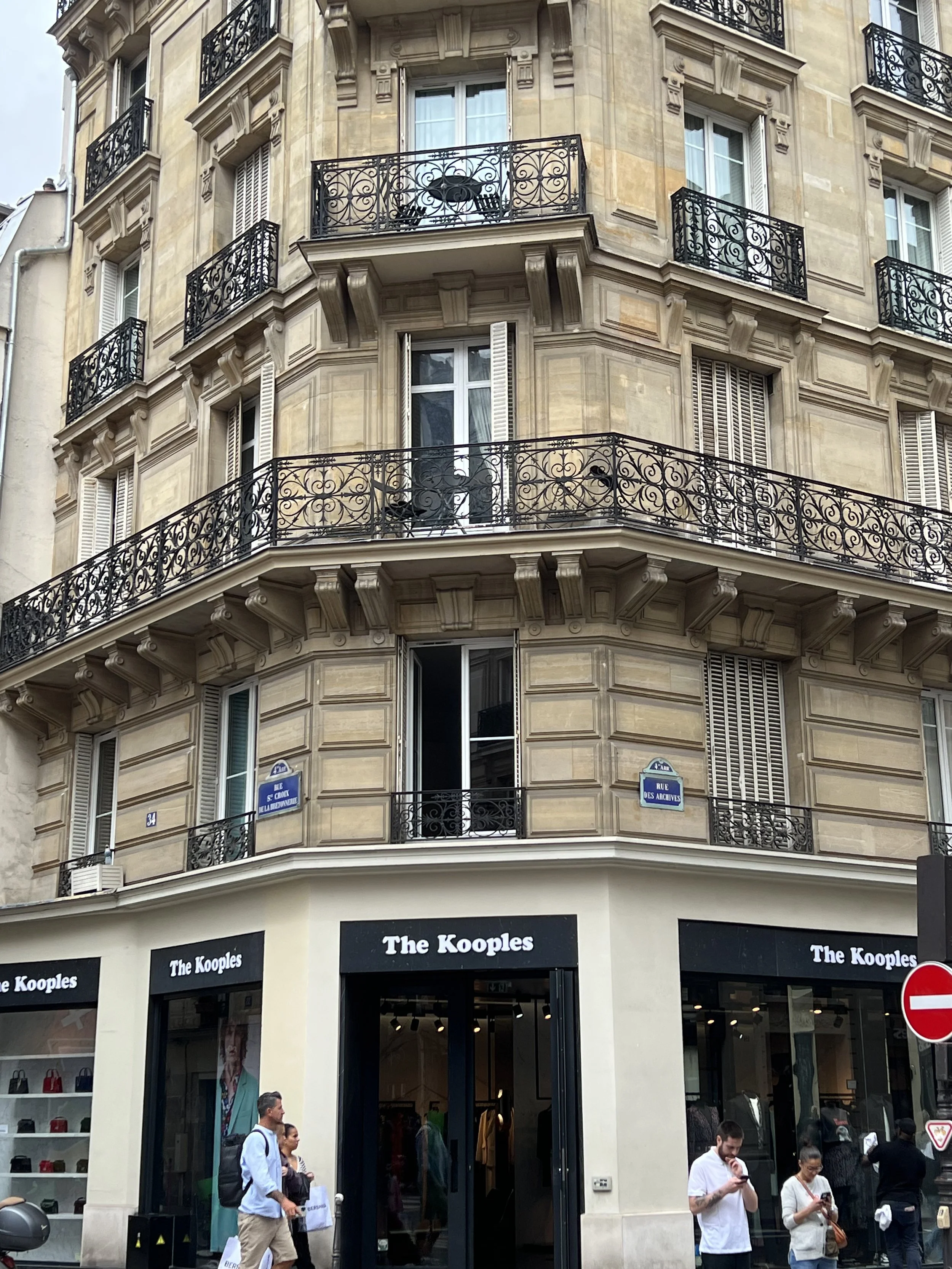If you asked me the last time I cried, like REALLY cried, I would tell you just a couple of weeks ago when I was finishing up Les Miserables. With 16 pages to go, I was a hyperventilating MESS wiping my nose on a nearby shirt (like a heathen) and trying to flip through the ending without getting tears on the pages. Please laugh at this video proof- I think its hilarious. I beg of you to read this book yourself so you can see exactly why I was sniffling and sobbing, but I shall let you in on a bit of it to understand a little of how Hugo sets up the ending.
“During the last months of spring and the first months of summer 1833, the occasional passer-by in the Marais, shopkeepers, people idling at the doorways, noticed an old man, neatly dressed in black, who every day at the same time, towards nightfall, emerged from Rue de l’Homme-Arme, on the Rue Ste-Croix-de-la-Bretonnerie side, walked past Blancs-Manteux up to Rue Culture-Ste-Catherine, and at Rue de-l’Echarpe turned left to Rue St. Louis” (1273).
This man, of course, is an aging Jean Valjean. After Marius and Cosette have been married, they live happily ever after at Marius’ grandfathers’ house. Valjean is allowed to visit every night if he so chooses. When Valjean discloses his true identity to Marius and does not have Cosette’s company, he finds himself an outcast in his family. Although he is allowed to visit Cosette once a day, he slowly begins to come less and less as Marius grows more protective. He eventually stops coming for fear that he does not deserve to keep her in his life as an ex-con and she does not care for him now that she has a husband. As a class, we mapped this path that Valjean walks from his home (which is near the modern-day historically Gay part of the Marais), deeper into the city to the Pontmercy's house.
Here we can see part of the path Valjean took! This is the Rue Ste-Croix-de-la-Bretonnerie.
“Little by little, the old man ceased to go as far as the corner of Rue des Filles-du-Calvaire. He would stop halfway, in Rue St-Louis, sometimes a little further off, sometimes a little closer. One day he stopped at the corner of Rue Culture-Ste-Catherine and looked towards Rue des Filles-du-Calvaire from a distance. Then he silently shook his head, as if denying himself something, and he turned back” (1274).
One of the intersections Valjean does not go past when he walks to visit Cosette and Marius, but turns back.
This part of the story completely broke my heart because Valjean’s sacrifice has left him with nothing and no one can truly understand him. “The local women said, ‘He’s simple-minded.’ Children would follow after him laughing” (1274). Imagining Valjean, a strong man in an aging body, make this long journey everyday until he is broken by it is absolutely heart wrenching. It is a popular street and the Marais has always been a busy part of town; I can very clearly see this white-haired man with folds in his neck and a bent back struggling to make his way through crowds to visit his only family, only to decide it is pointless.
When he is living his final moments, Cosette and Marius visit him full of love and guilt that they should not have stayed away. They share a beautiful moment where Valjean soothes all of their thoughts and holds them both as he passes on. Although he has suffered throughout his entire life, always placing especially Cosette’s wellbeing before his own, he continues to choose love and forgiveness. To choose light everyday is incredibly hard, and yet Valjean can serve as an example for all of us. Although I heaved hilariously ridiculous sobs, I also smiled. This ending truly is remarkable and one I could re-read for hours, so I am so appreciative of being able to visit the sites of Valjean’s lonesome walk, but moreover, the places where he decided to love from afar and to forgive without bounds.

